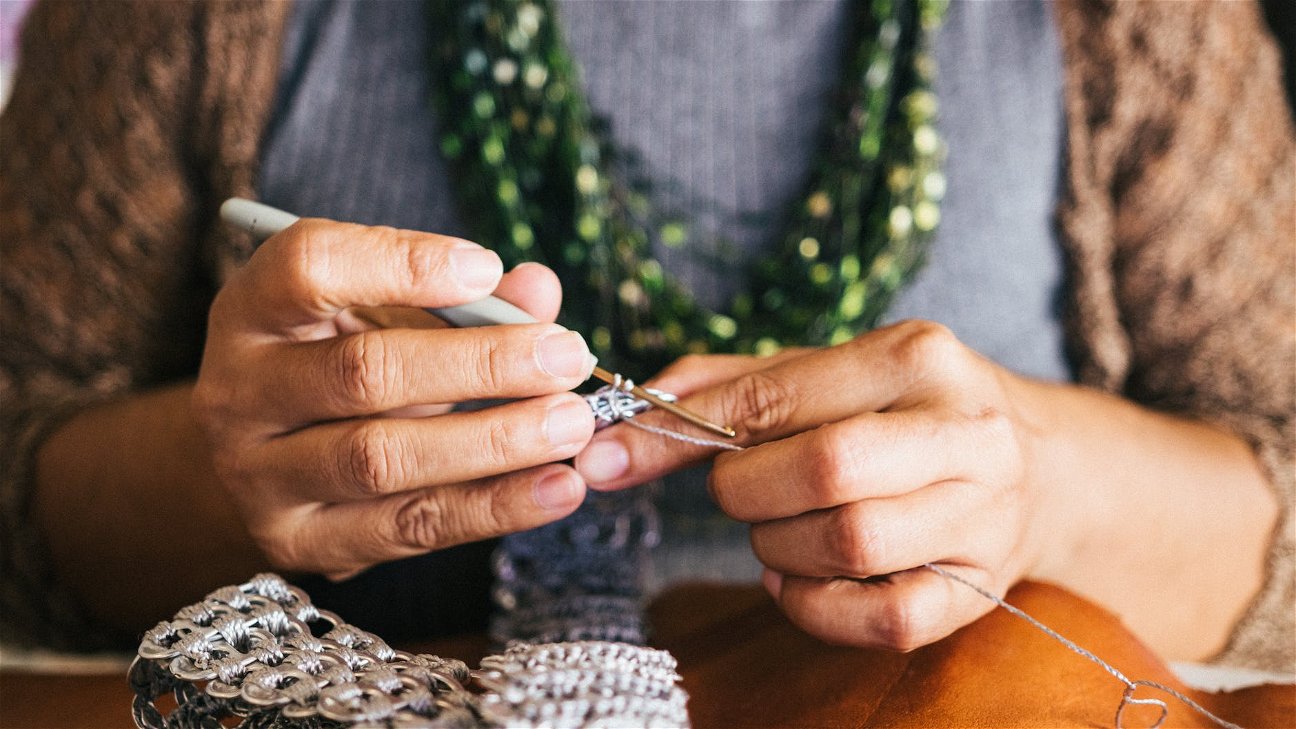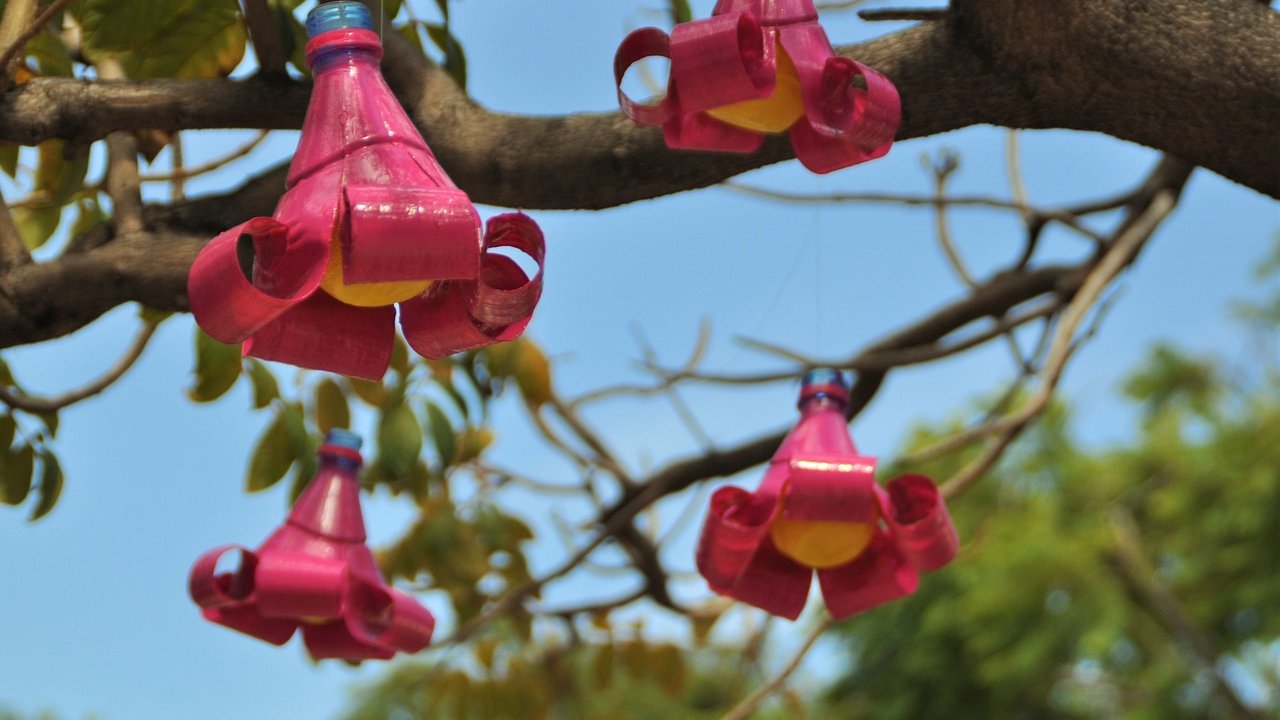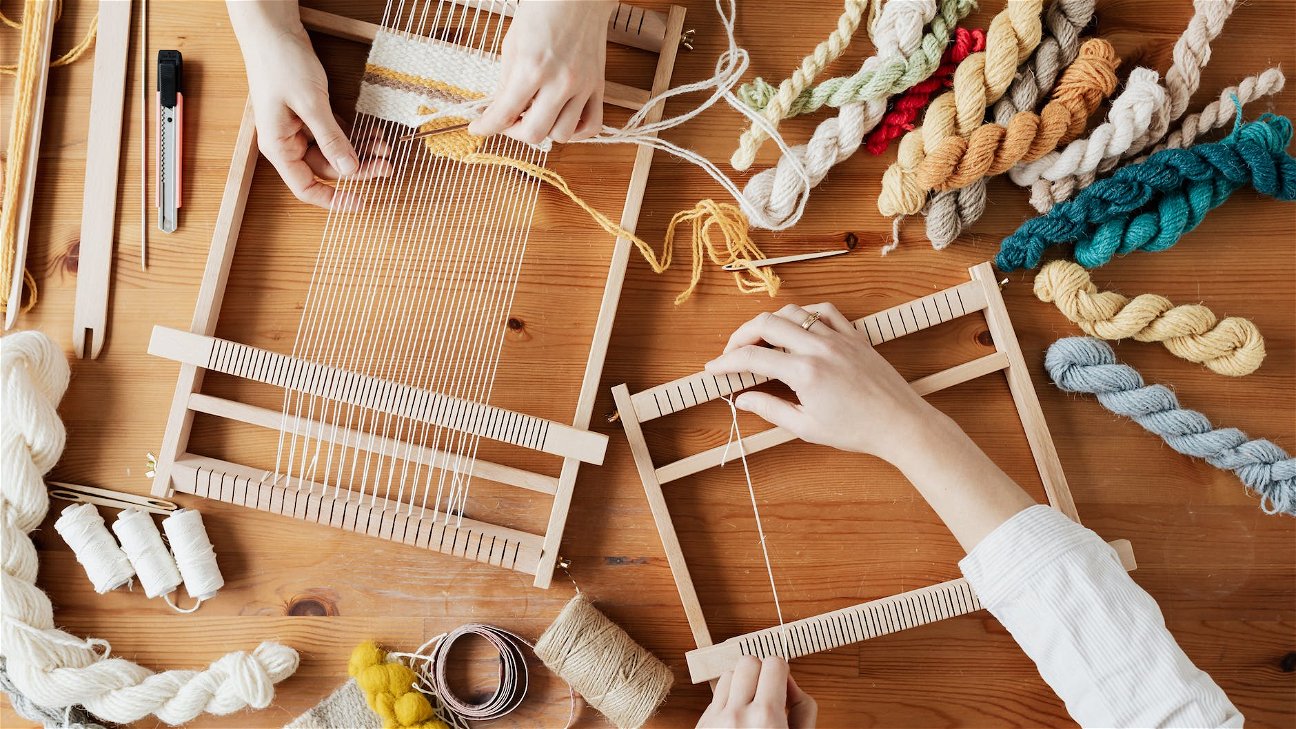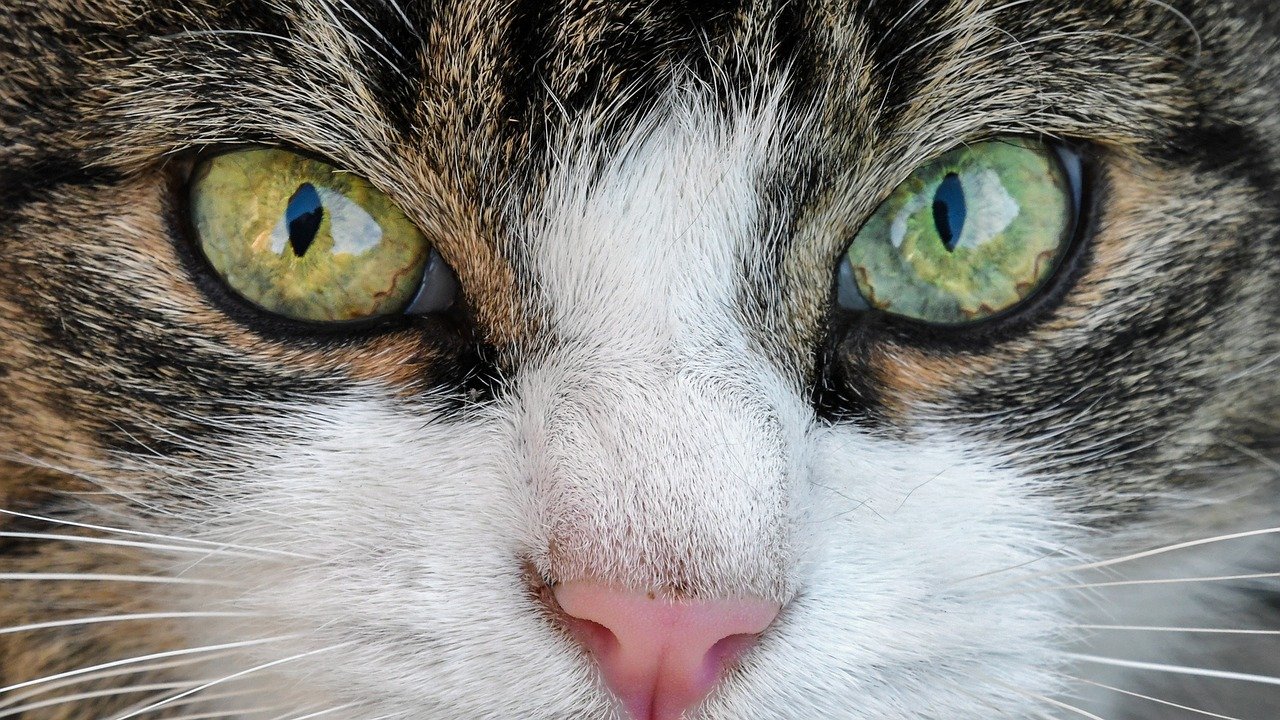
Pottery and ceramics are fascinating forms of craft that encourage creativity and can be a great way to divert your mind and relax. They also happen to be an ancient art form, with pottery dating back to 29,000 BC. Whether you're interested in pottery and ceramics as a hobby or you're considering turning it into a profession, this guide is for you.
Getting started with pottery and ceramics
Before you dive into the world of pottery and ceramics, it's important to understand their basic concepts. Pottery refers to the process of forming vessels and other objects with clay and other ceramic materials, which are fired to give them a hard, durable form. Ceramics, on the other hand, is a broader term that encompasses pottery, as well as other things made from clay and similar materials, like tiles and figurines.
Pottery and ceramics for beginners
As a beginner, you may find it challenging to navigate through the numerous techniques, tools, and materials associated with pottery and ceramics. But don't worry, that's where this guide comes in handy.
Pottery techniques
There are numerous pottery techniques you can learn as a beginner. Here are a few:
- Hand building: This is the simplest form of pottery and a great place to start for beginners. It involves shaping the clay with your hands and can include techniques such as pinching, coiling, and slab building.
- Throwing: This technique involves shaping clay on a potter's wheel. It's a bit more complicated than hand building, but with enough practice, you can create beautiful and symmetrical pottery.
- Slip casting: This technique is typically used for producing multiple identical pieces. It involves pouring liquid clay, or slip, into a plaster mold.
Ceramics techniques
Just like pottery, ceramics also has its techniques. Some of these are:
- Extrusion: This technique involves forcing clay through a die to create long shapes like tubes or tiles.
- Slip trailing: This is a decorative technique where slip is applied to the surface of the piece using a bulb or a syringe.
Pottery and ceramics tools
You'll need some basic tools to get started with pottery and ceramics. Here's a list to help you out:
- Clay: This is the primary material you'll use. There are different types of clay, each with its properties and uses.
- Potter's wheel: This is used for the throwing technique. While it's not necessary for beginners, it can be a worthwhile investment if you're serious about pottery.
- Kiln: This is used to fire your pottery and ceramics. You can use a communal kiln if you don't have your own.
- Hand tools: These include wire cutters, needle tools, ribs, and sponges.
Pottery and ceramics materials
The primary material in pottery and ceramics is clay. There are several types of clay, each with its unique properties. Here's a brief description of each:
Pottery and ceramics creation steps
Creating pottery and ceramics involves a series of steps. Here they are in order:
- Wedging: This is the process of kneading the clay to remove air bubbles and prepare it for use.
- Shaping: This is where you shape the clay into your desired form using different techniques.
- Drying: Once shaped, the piece needs to be thoroughly dried before it can be fired.
- Bisque firing: This is the first firing at a lower temperature, which makes the clay hard but still porous.
- Glazing: This is the application of a thin coating that will vitrify during the final firing, giving the piece a smooth and glassy surface.
- Glaze firing: This is the final firing, which vitrifies the glaze and completes the piece.
Pottery and ceramics firing process
The firing process is crucial in pottery and ceramics creation. It involves heating the pieces in a kiln at high temperatures to make them hard and durable. During firing, the clay undergoes chemical changes that permanently alter its composition. The two main types of firing are bisque firing and glaze firing, as mentioned above.
Pottery and ceramics glazing techniques
Glazing is what gives pottery and ceramics their finish and often their color. There are several techniques you can use:
- Dipping: The piece is dipped into a glaze.
- Pouring: The glaze is poured over the piece.
- Brushing: The glaze is applied with a brush.
- Spraying: The glaze is sprayed onto the piece.
That's it! With this guide, you should now have a good understanding of the basics of pottery and ceramics and be ready to start creating your own pieces. Remember, practice makes perfect, so don't get discouraged if your first few attempts don't turn out as you'd like. Keep practicing, and in no time, you'll be creating beautiful pottery and ceramics of your own.











